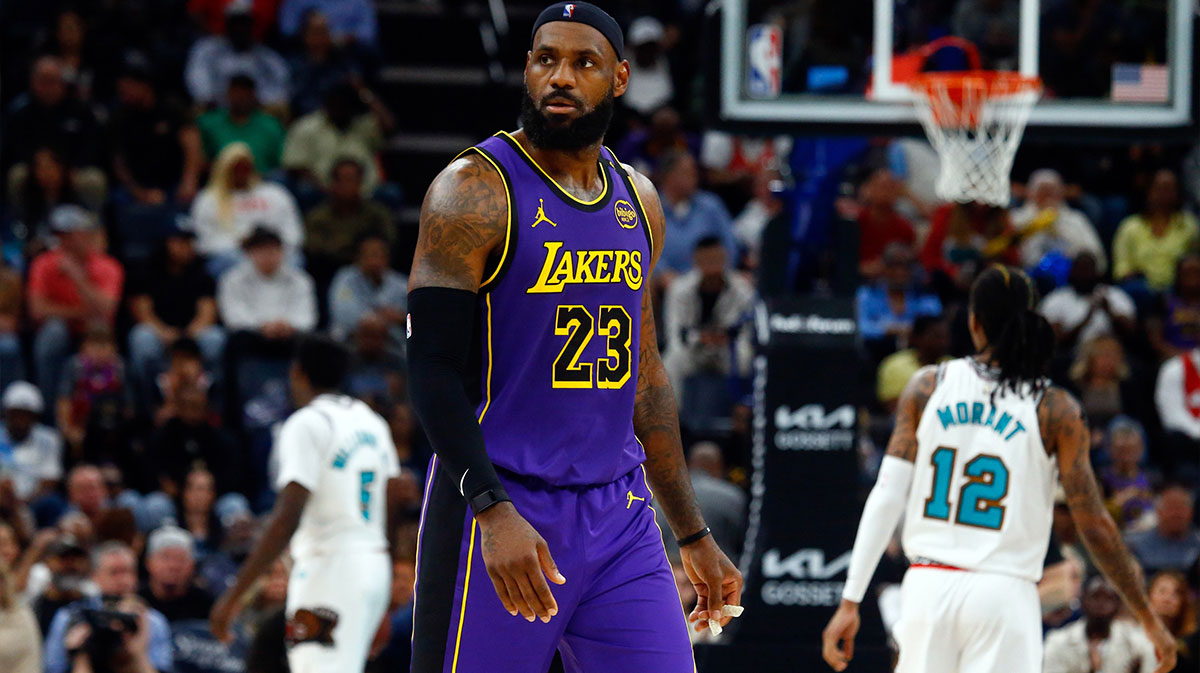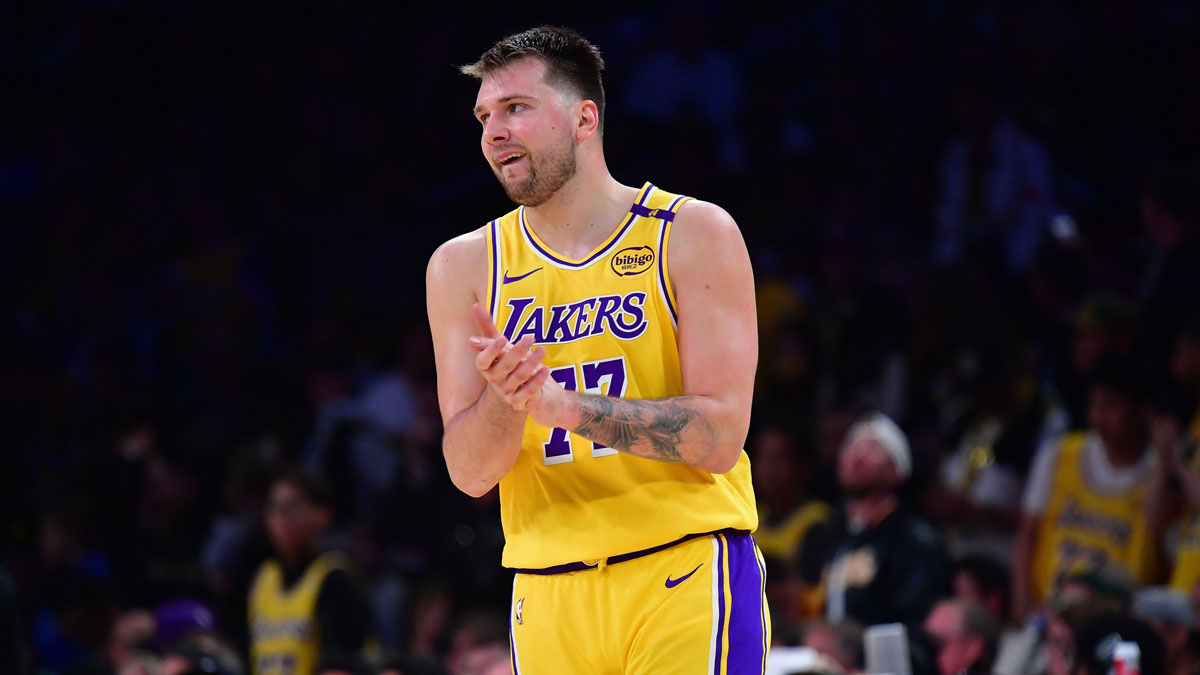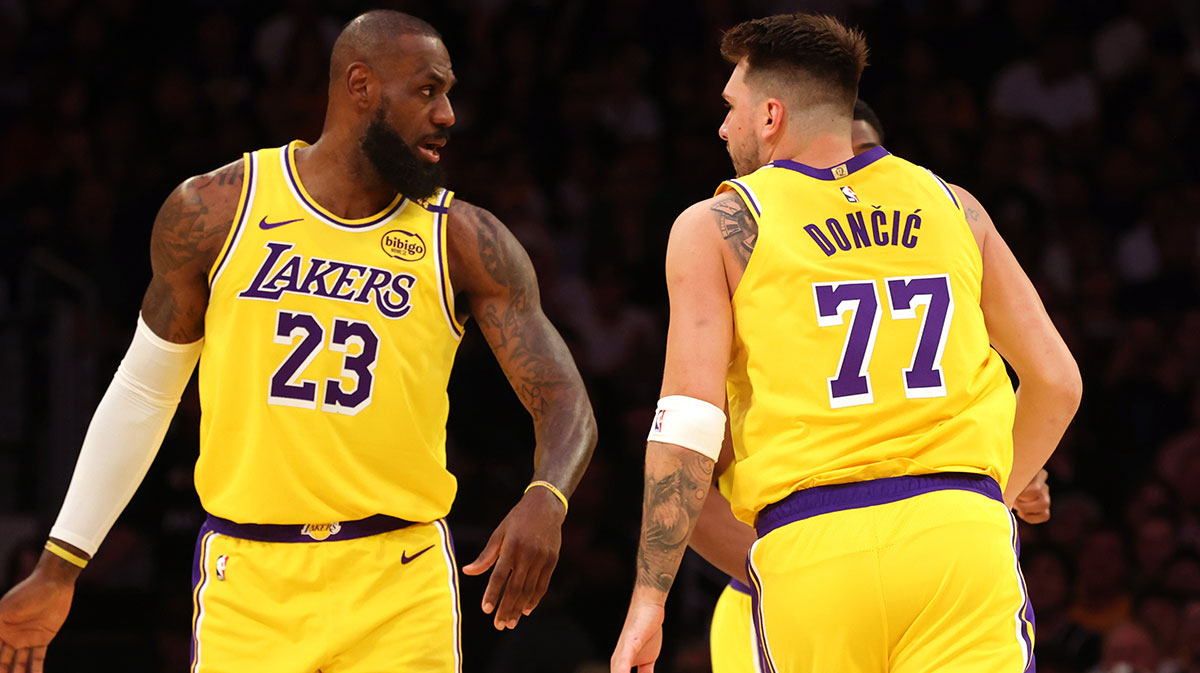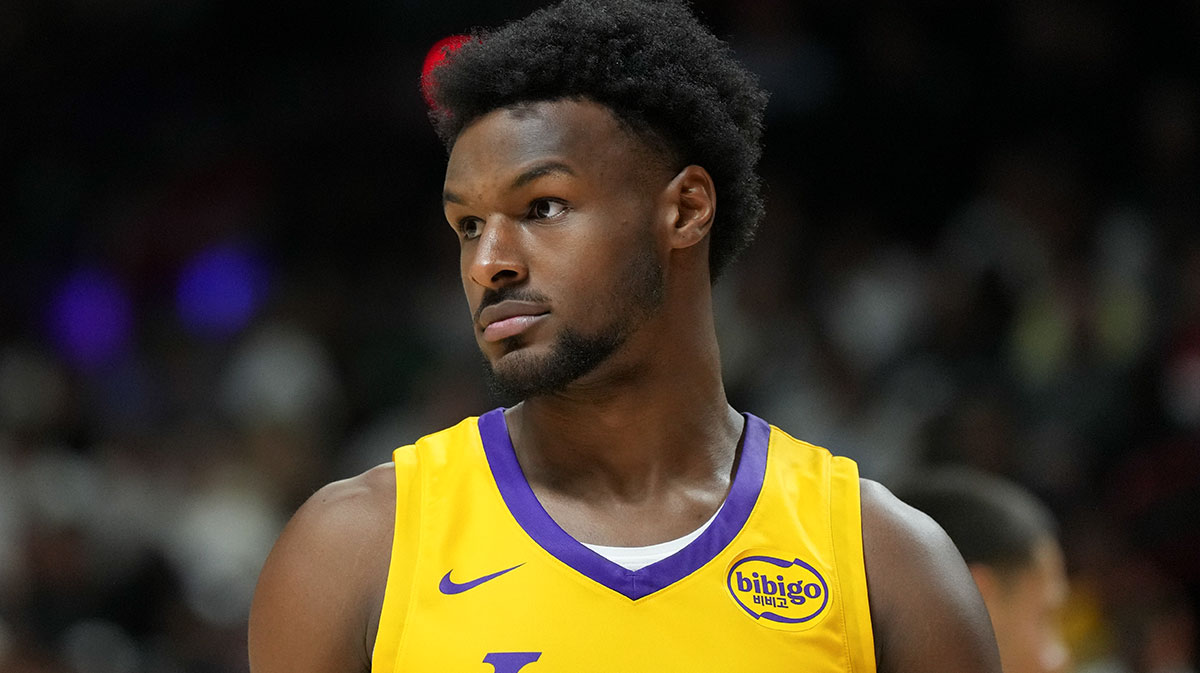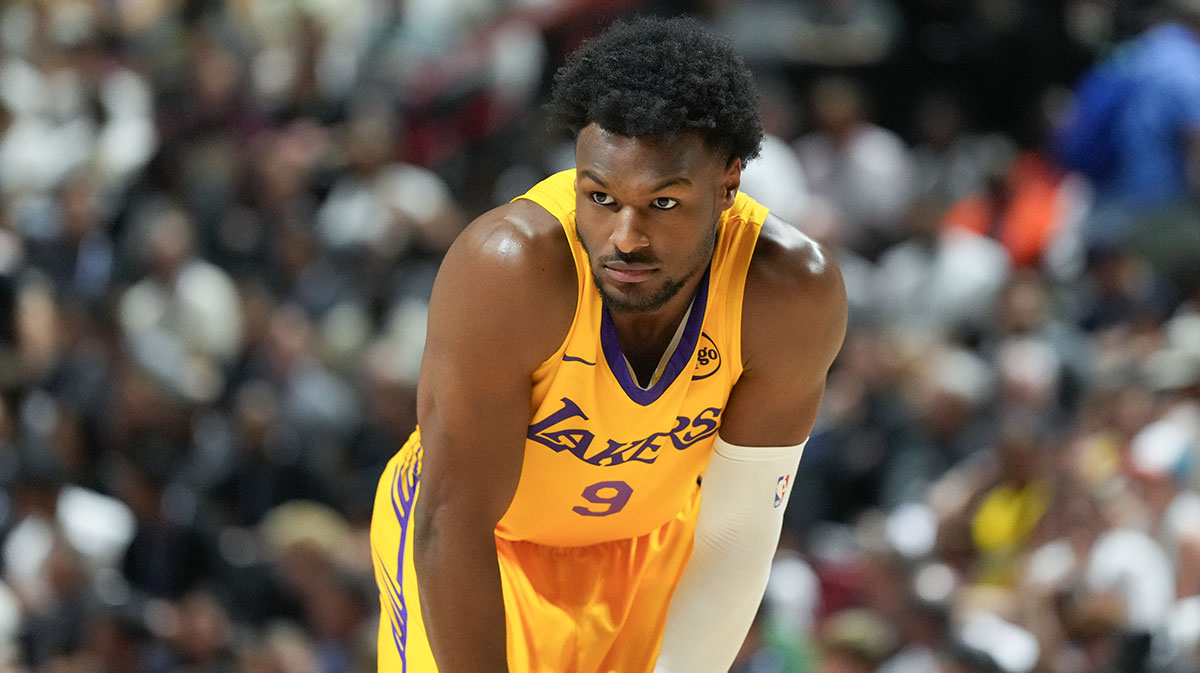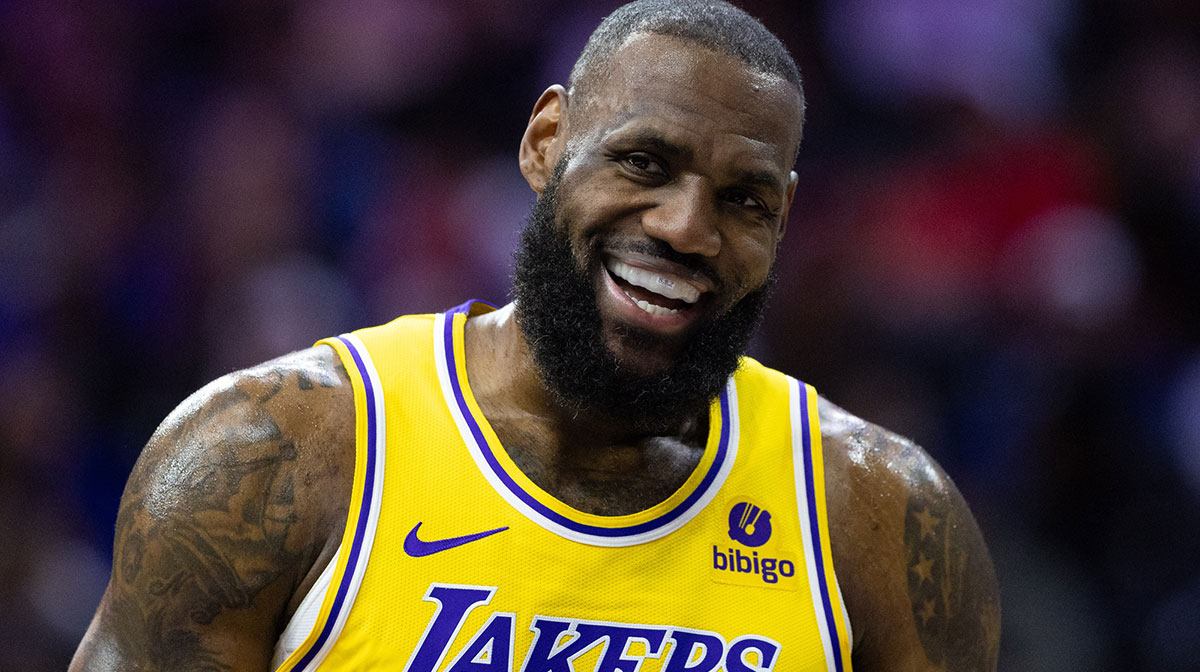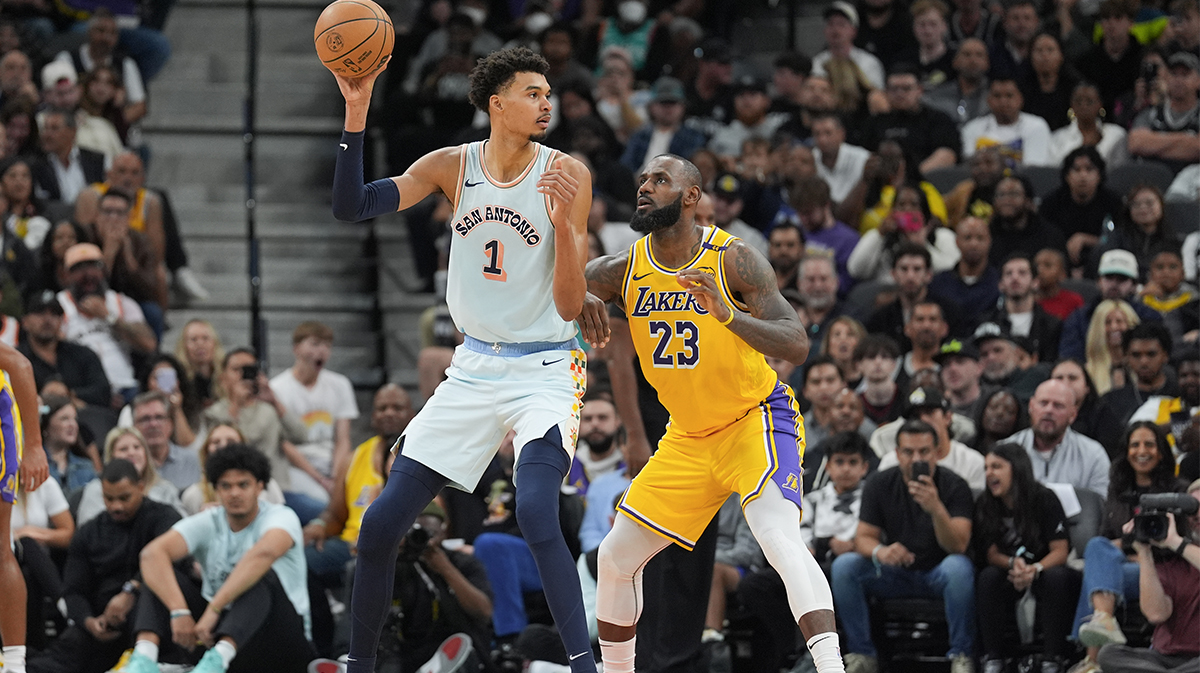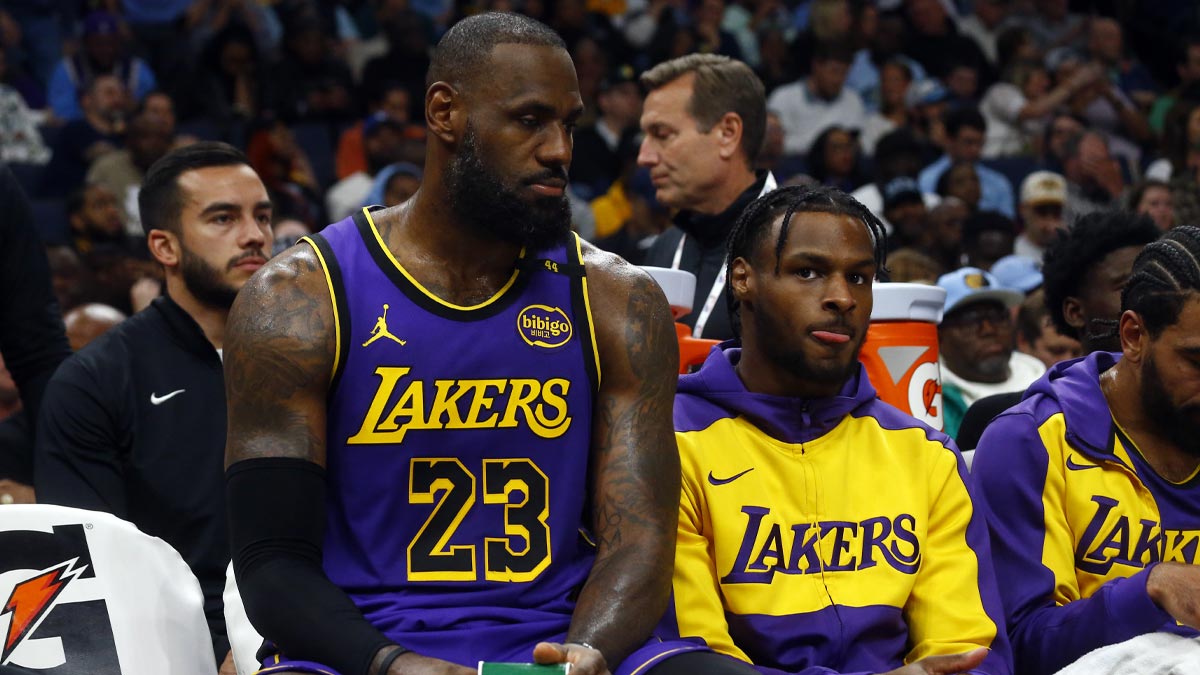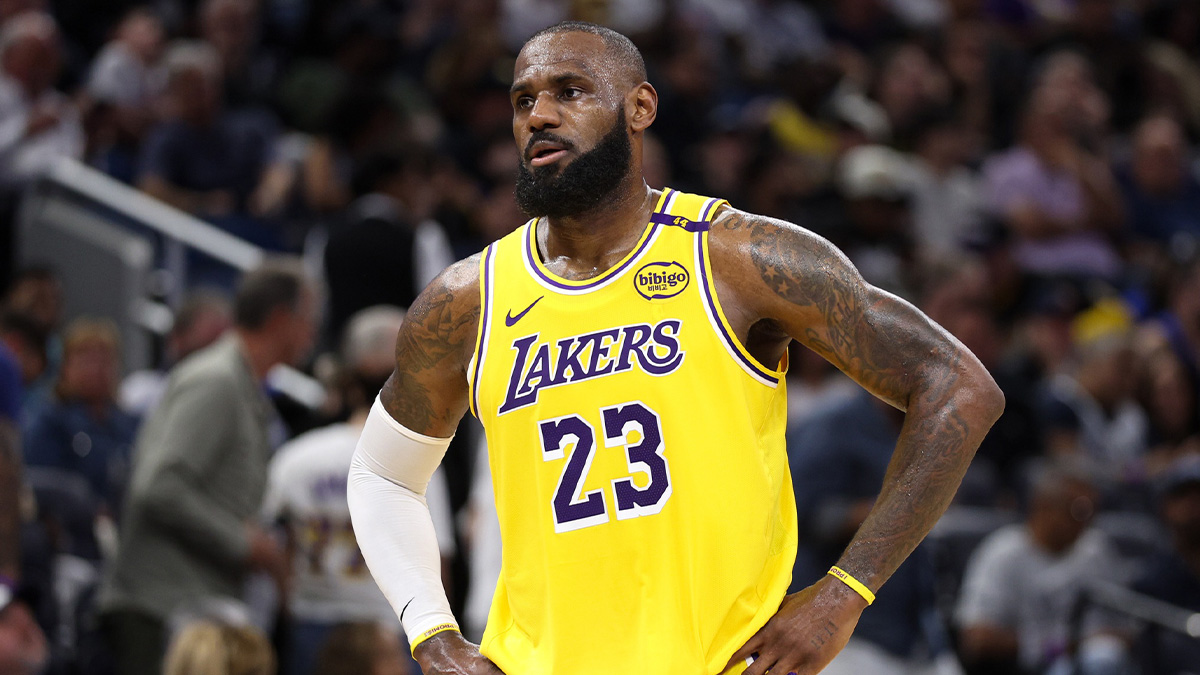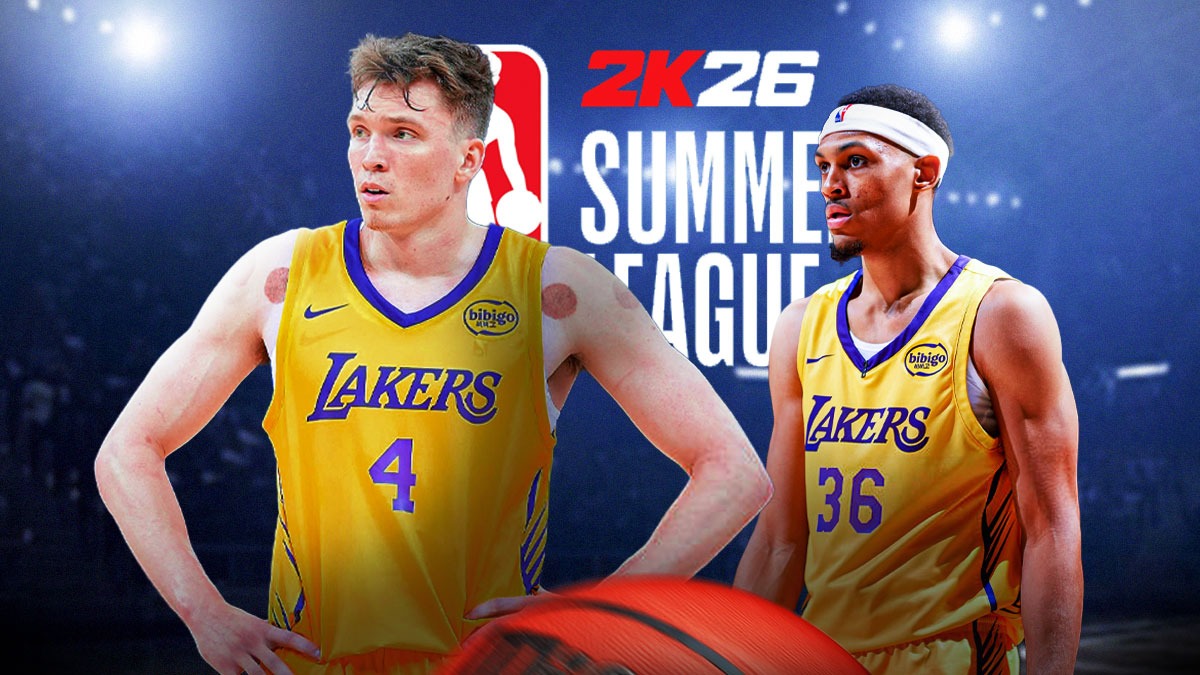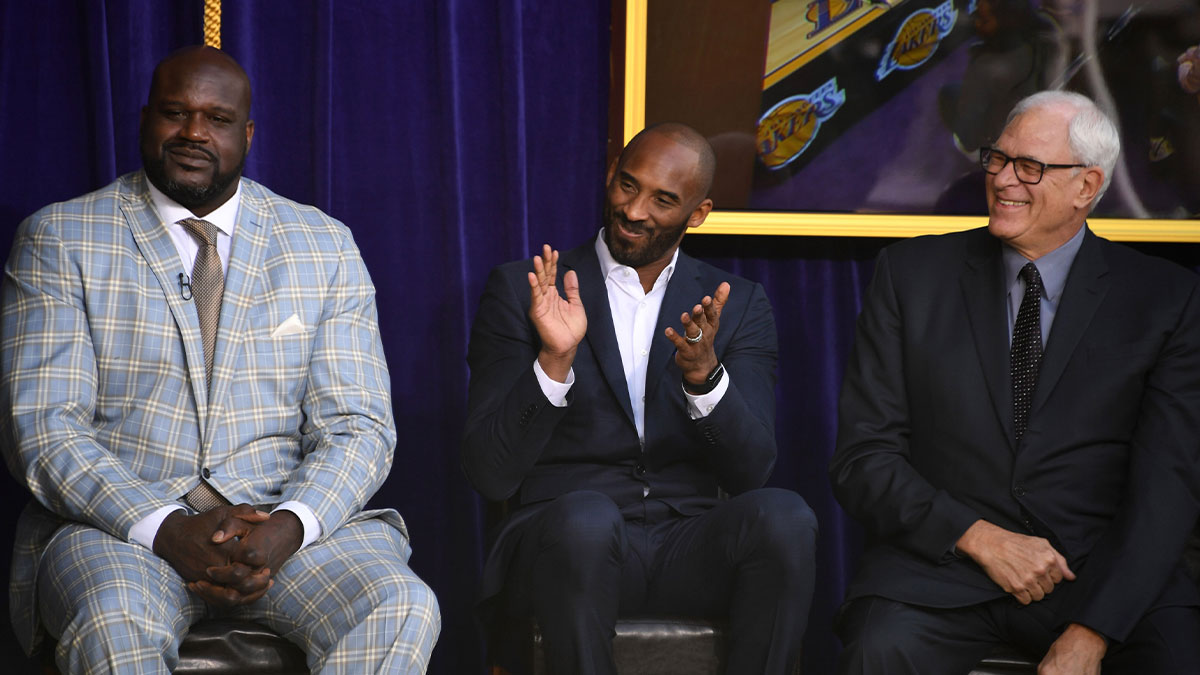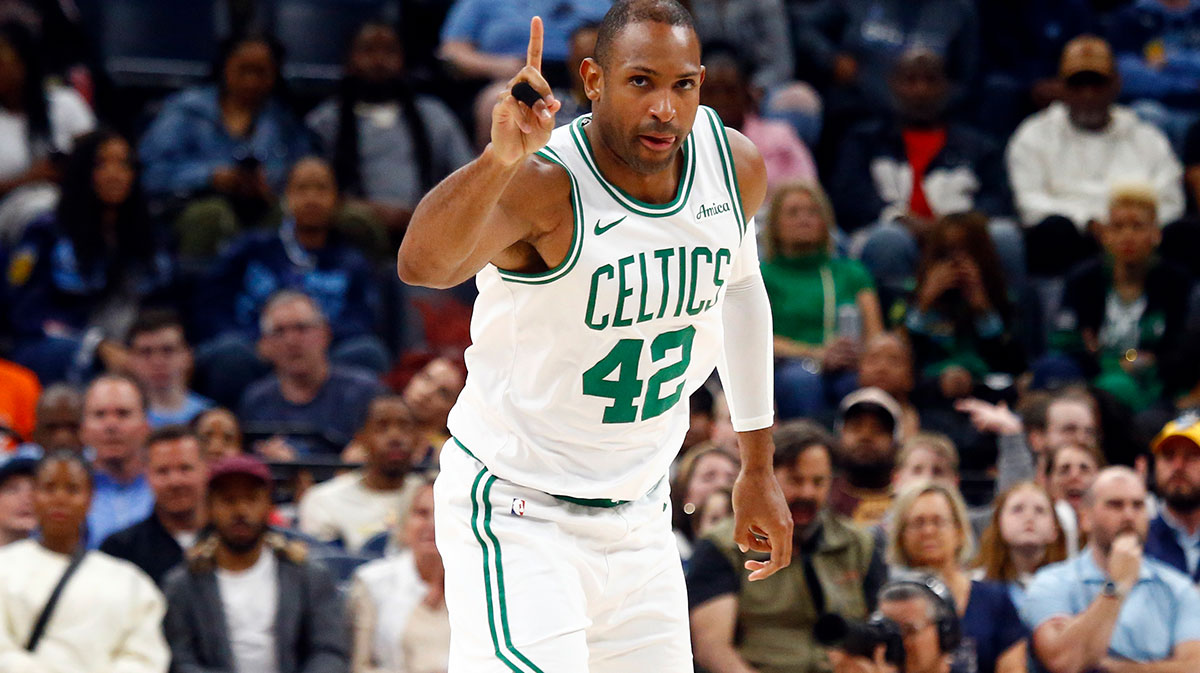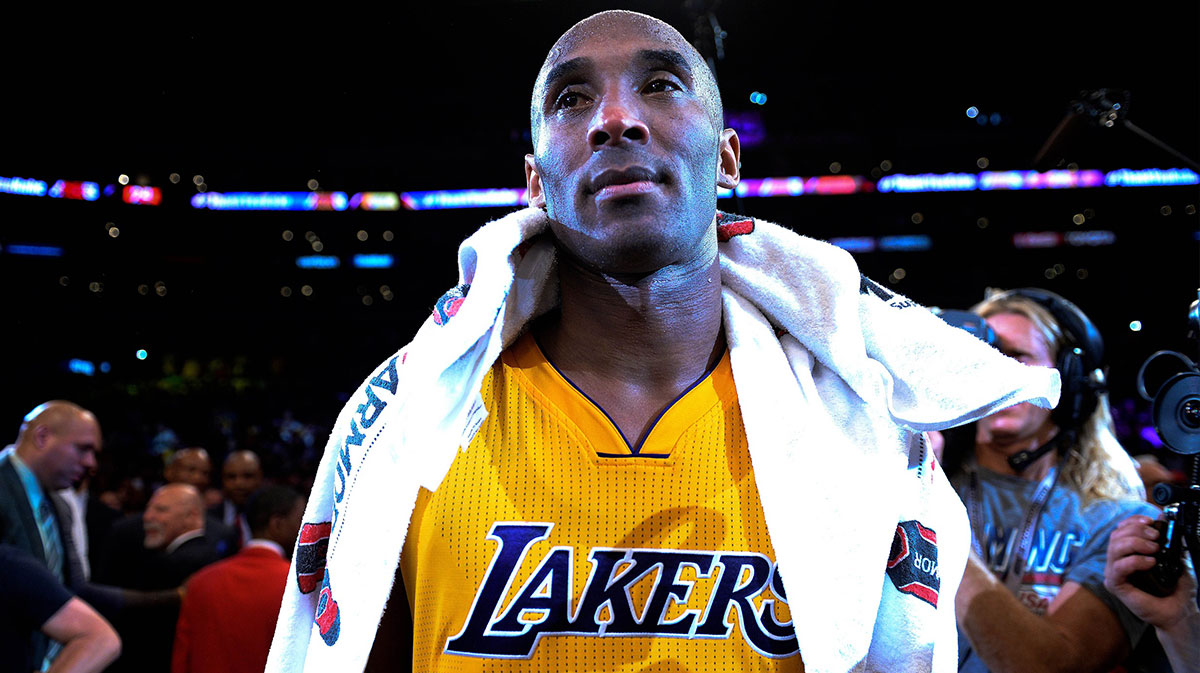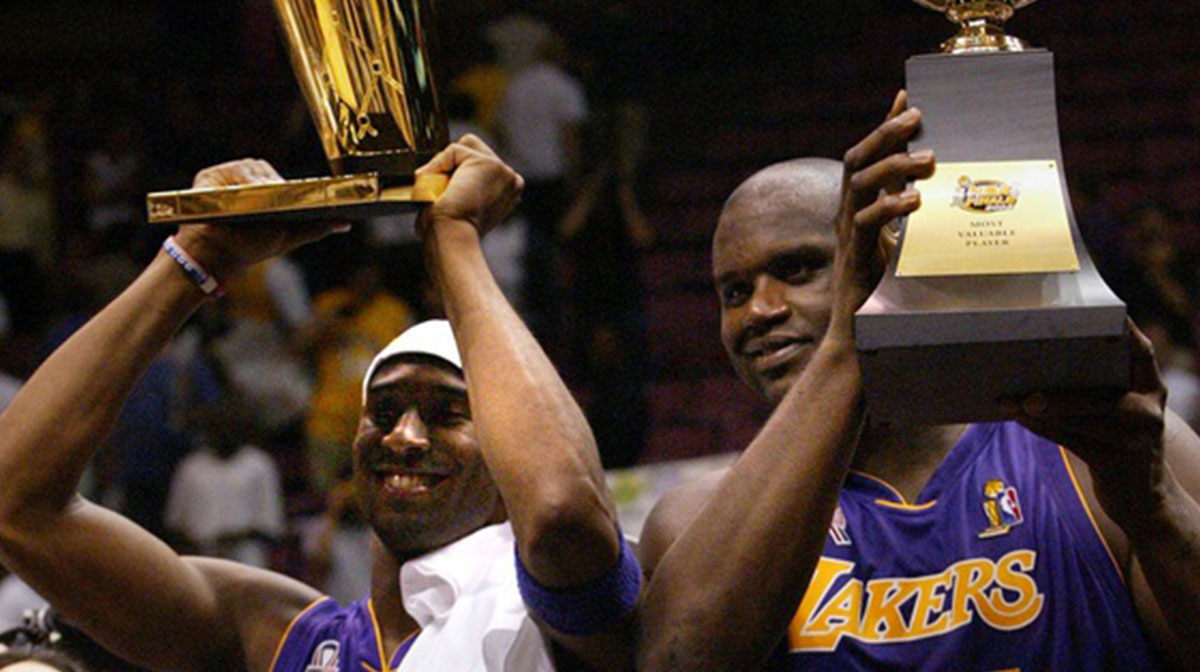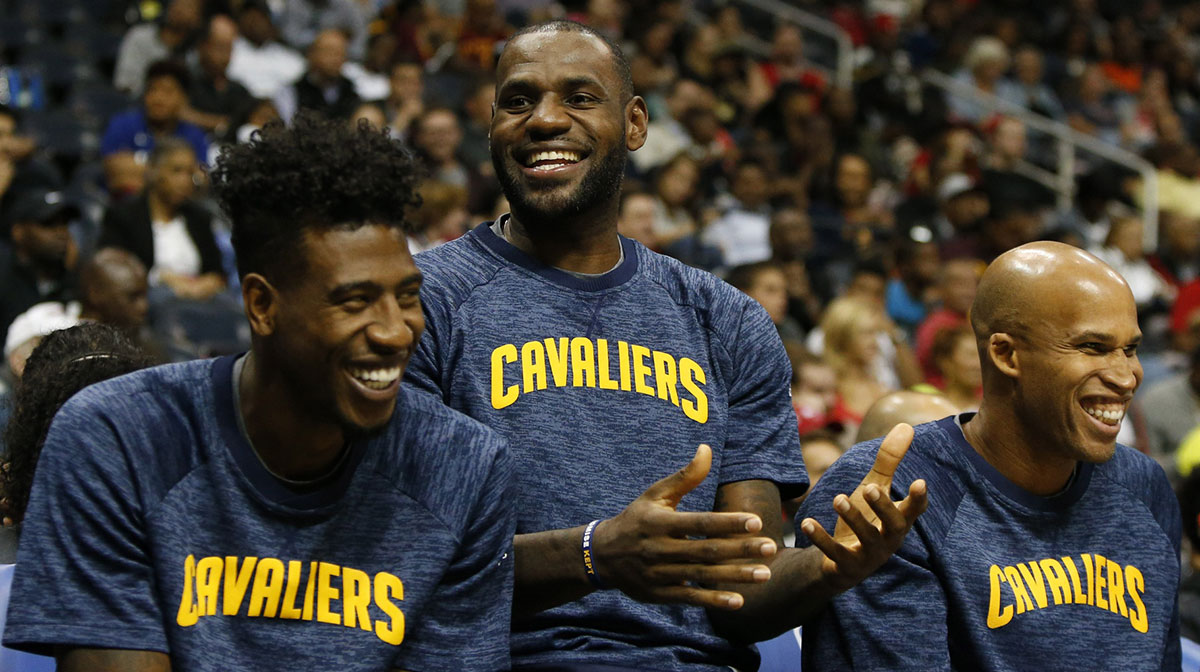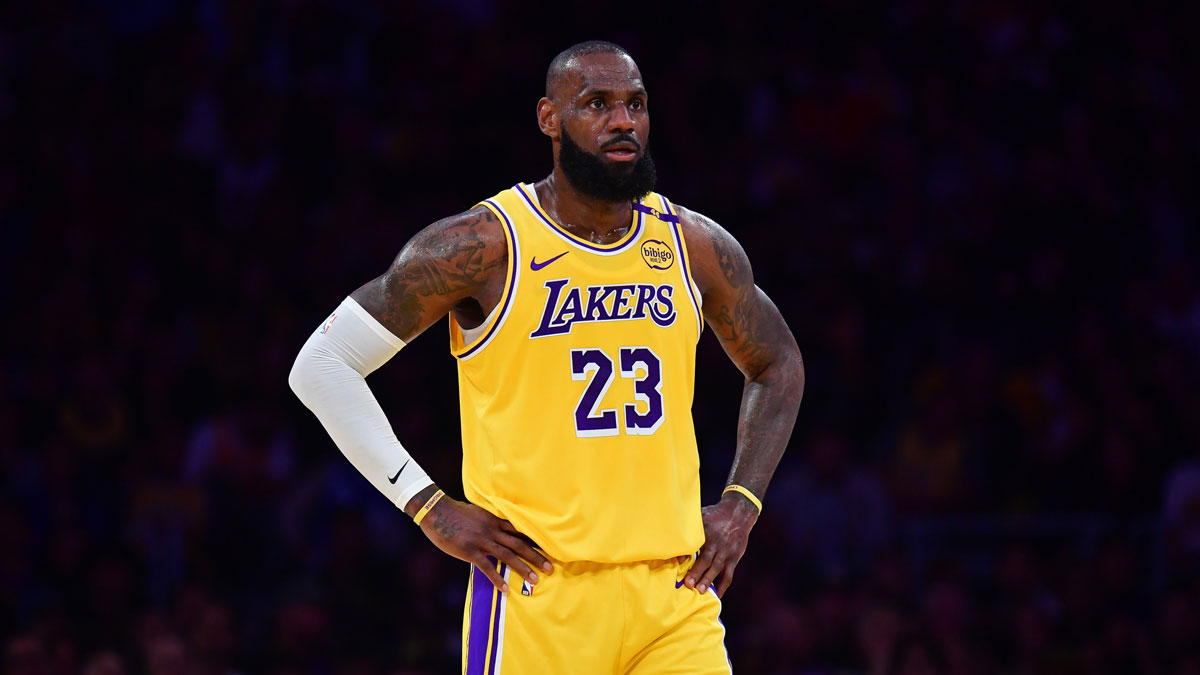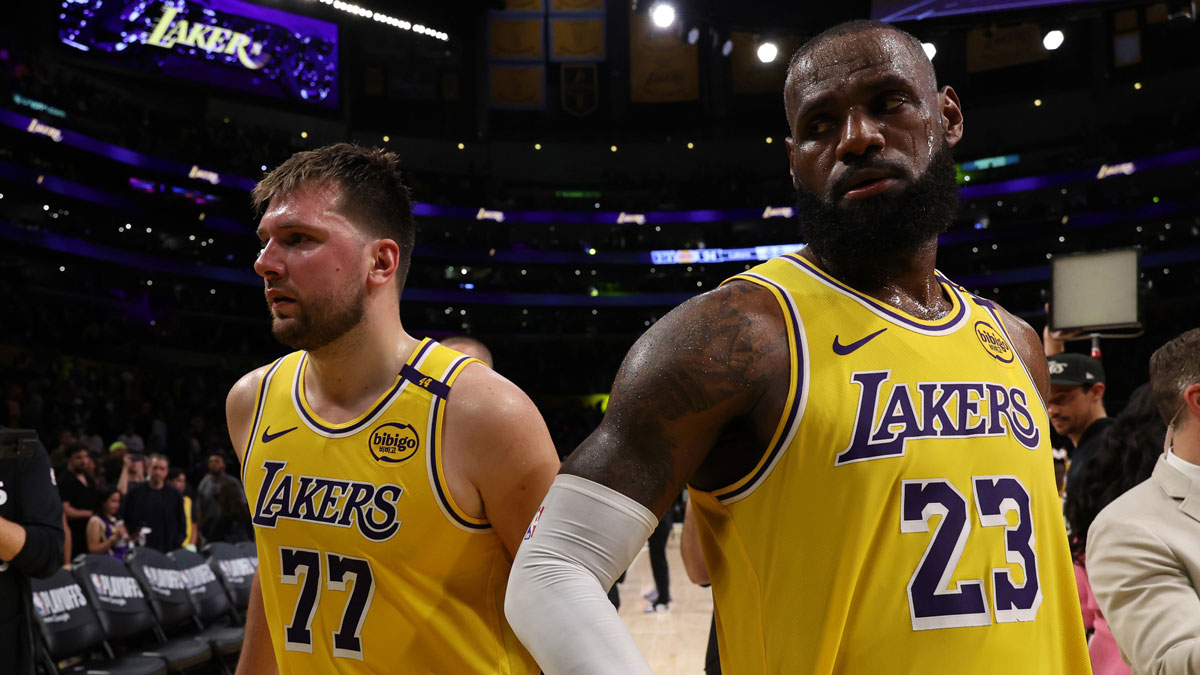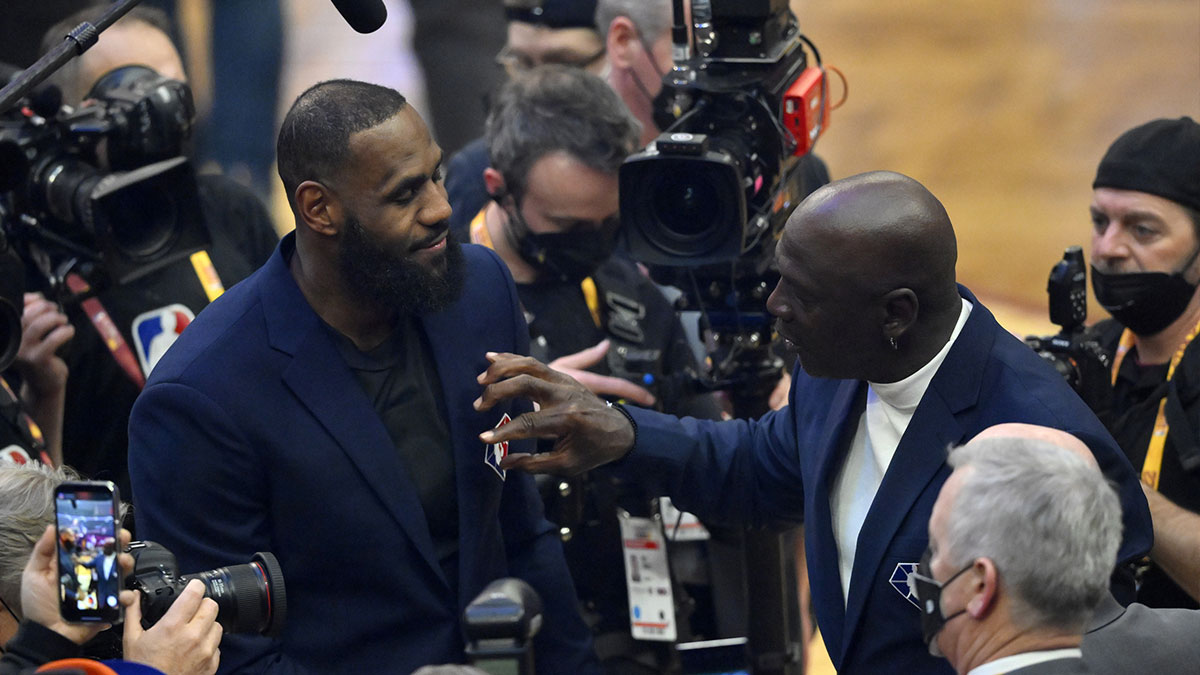As we arrive at the New Year and LeBron James' 37th birthday, the Los Angeles Lakers (17-19) still have a lengthy list of problems.
A lack of chemistry. Anthony Davis' injury. Players and coaches in protocols. Porous free throw shooting. Lineup instability. Inconsistent effort and 3-point shooting. Subpar rebounding. And so on…
After the Lakers‘ latest loss — to the Memphis Grizzlies, 104-99, at FedExForum — LeBron and interim head coach David Fizdale highlighted the team's most alarming issue, which has plagued them all season: turnovers.
“There's a difference between careless turnovers and attack turnovers,” LeBron said. “We gotta cut down on our careless turnovers — the ones that's just unforced. We're gonna have attack turnovers, which is OK. We have a lot of attackers and we understand that. But, the careless turnovers, where, literally, you just turn the ball over and there's no pressure or there's no reason for it, those are the ones that get us in trouble.”
The veteran Lakers entered Wednesday third to the bottom in basketball in turnovers per game (17.3). In Memphis, they coughed it up 18 times — six more than the upstart Grizzlies. LeBron and Russell Westbrook had five giveaways each, including a fatal miscommunication on the team's final offensive possession — the latest perfect encapsulation of the Lakers' frustrating season.
So in watching this a few times now, IMO, Monk doesn't look off Russ so much as Ja plays that pass incredibly. He closes out to Monk's right and then jumps into the passing lane when Monk might've made the pass. pic.twitter.com/cMbZSqxGIc
— Anthony F. Irwin (@AnthonyIrwinLA) December 30, 2021
“Looked like Russ was gonna go back door at one point, then he backed back out and I was already in the air,” LeBron dejectedly recounted postgame. “I had slipped before on my drive, which kind of threw my rhythm off.”
Westbrook is second in the NBA in turnovers per game (4.7), and LeBron — for all his brilliance — is tied for 1oth (3.5).
“The one thing I think that probably hurt us the most down the stretch was the turnovers,” Fizdale assessed.
He said the Lakers continually failed to make the “easy play” and find the open man in their 16-point fourth quarter, which allowed the Grizzlies defense to “stand out” and get away with it.
The Lakers have plenty of problems to solve. No. 1 on the list may be simply not giving the other team the ball so frequently.

